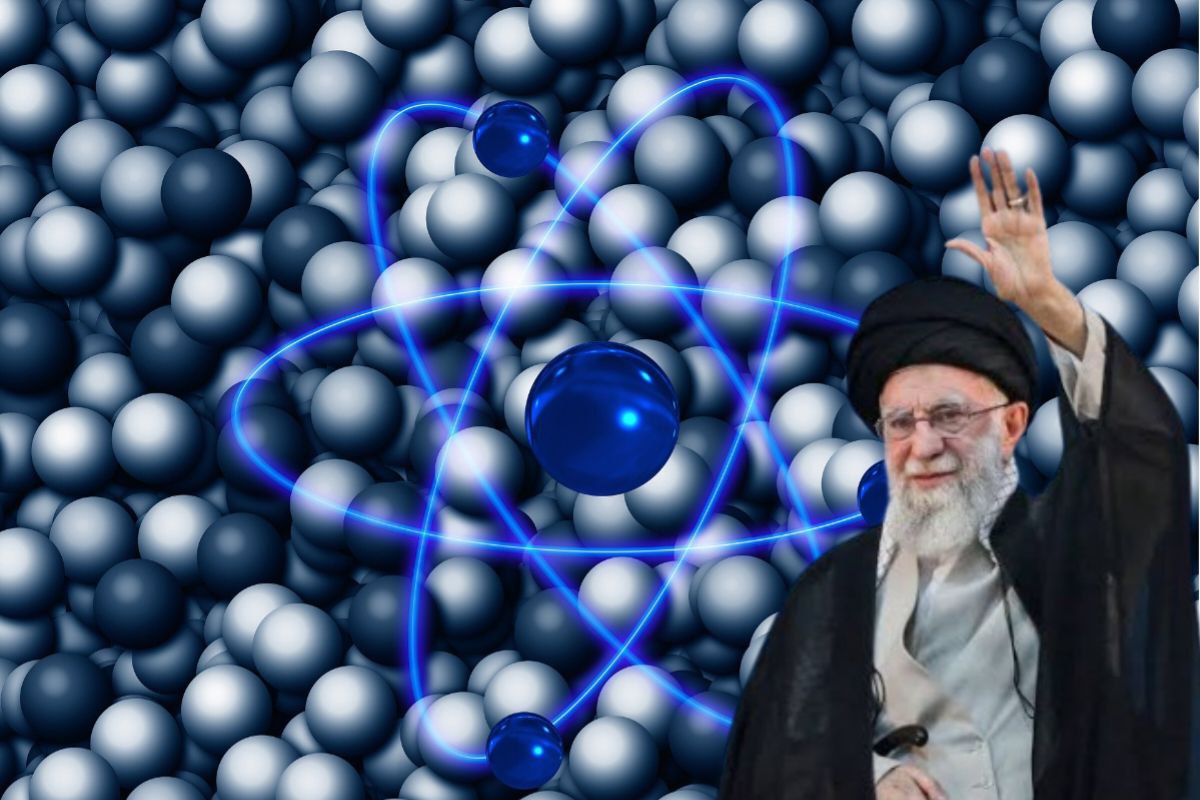Iran Started To build its Nuclear facilities after the U.S. strikes:After a deadly confrontation that claimed over 900 lives in Iran and 28 in Israel, the skies over West Asia have fallen silent. But this silence is deceptive. Both Iran and Israel are rapidly rebuilding, rearming, and preparing for what could be the next chapter in an unresolved and intensifying conflict.
Iran Started To build its Nuclear facilities after the U.S. strikes.
It has been one week since the skies over West Asia have quieted, bringing a brief pause to what was one of the most intense confrontations between Israel and Iran in recent years. But the current calm is proving to be a dangerous illusion. Far from signaling peace, it marks the beginning of a furious phase of rearmament and strategic recalibration by both nations.
The recent hostilities led to severe casualties, with Iran suffering over 900 deaths, including key military leaders and top nuclear scientists. On the other side, Israel reported 28 fatalities but endured significant damage from Iran’s missile barrage. Iranian firepower wreaked havoc across several Israeli cities, leaving a trail of devastation and shattered infrastructure.
In response, Israel launched a series of intense air raids, targeting Iranian missile stockpiles and critical military infrastructure. Israel now claims to have successfully destroyed a large portion of Iran’s launch facilities and weapons caches. However, this blow has not broken Iran’s resolve.
Iran is already working rapidly to replenish and expand its arsenal. Israeli military intelligence estimates that Iran’s missile stockpile could exceed 10,000 by the year 2028, a worrying sign for the region. Iran’s rebuilding efforts are being watched closely by both analysts and adversaries. Satellite imagery from recent days shows intense activity near Iran’s nuclear facilities, particularly at Fordow. Cranes and excavators are seen working at impact sites, indicating urgent repair operations.
The International Atomic Energy Agency (IAEA) has expressed concern. Experts believe that Iran retains the capability to resume uranium enrichment within a matter of months. According to assessments, Iran could reactivate centrifuges and start producing enriched uranium again, raising alarms about the potential revival of its nuclear ambitions.
In Tehran, Supreme Leader Ayatollah Ali Khamenei has issued a stern warning, stating that Iran will retaliate with greater force if provoked again. This statement reflects a hardened stance from Iran, which views the conflict not as a deterrent but as a justification for further militarization.
Meanwhile, Israel is also urgently rebuilding. Having depleted a significant portion of its high-tech missile interceptors and precision-guided munitions, Israel is accelerating efforts to restock. The United States, Israel’s closest ally, has responded quickly. Washington is sending supplies and has approved the sale of $510 million worth of new ammunition to Israel.
The Israeli government, led by Prime Minister Benjamin Netanyahu, is not backing down. Netanyahu is scheduled to travel to Washington later this week, where he is expected to discuss military aid and coordinate strategic responses with American officials. He has reiterated his commitment to ensuring that Iran is never able to rebuild its nuclear program.
Despite the silence, tensions remain razor-sharp. Both Iran and Israel are acutely aware of each other’s strengths and vulnerabilities. Each side has emerged from the conflict more determined and militarized. The current calm is merely a cover for intense preparations—both sides are stockpiling arms, accelerating production, and recalibrating their military strategies.
In the streets of Tehran and Tel Aviv, there is no celebration of peace—only the tense anticipation of what may come next. The scars of this conflict are deep, and the threat of renewed confrontation looms large over the region.
As West Asia holds its breath, the world watches anxiously. The current moment is not an end to hostilities—it is a dangerous interlude before the next storm.
Disclaimer:
This article is based on available reports and intelligence assessments as of July 2025. Developments in West Asia are fluid, and geopolitical situations may evolve rapidly. The views expressed are based on current information and do not imply any endorsement or prediction of future events.

